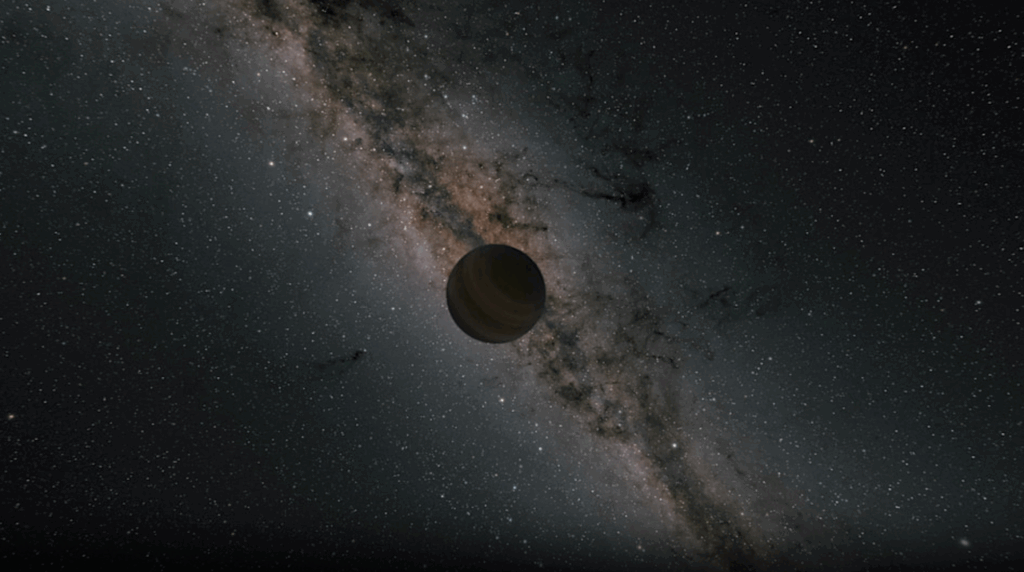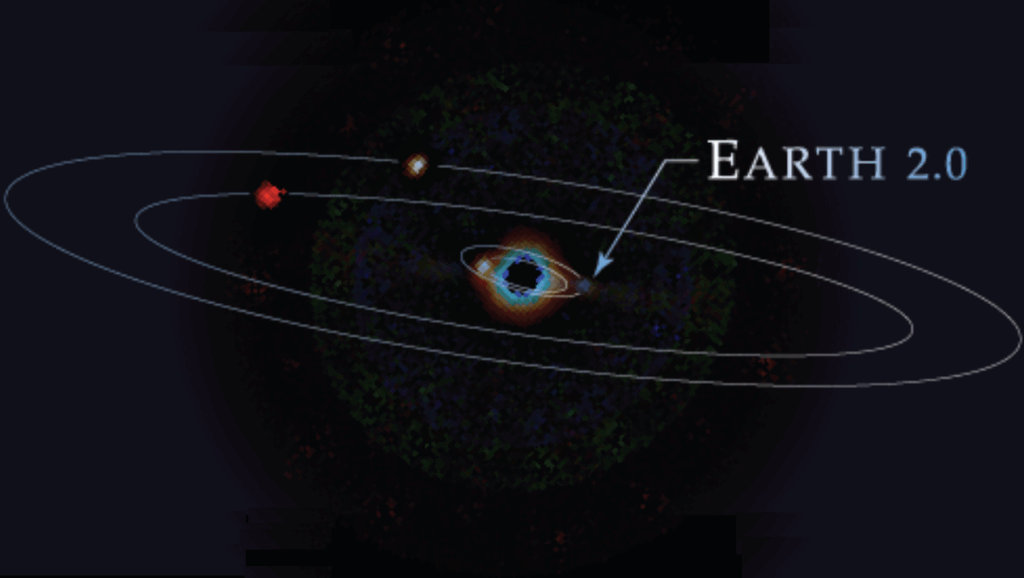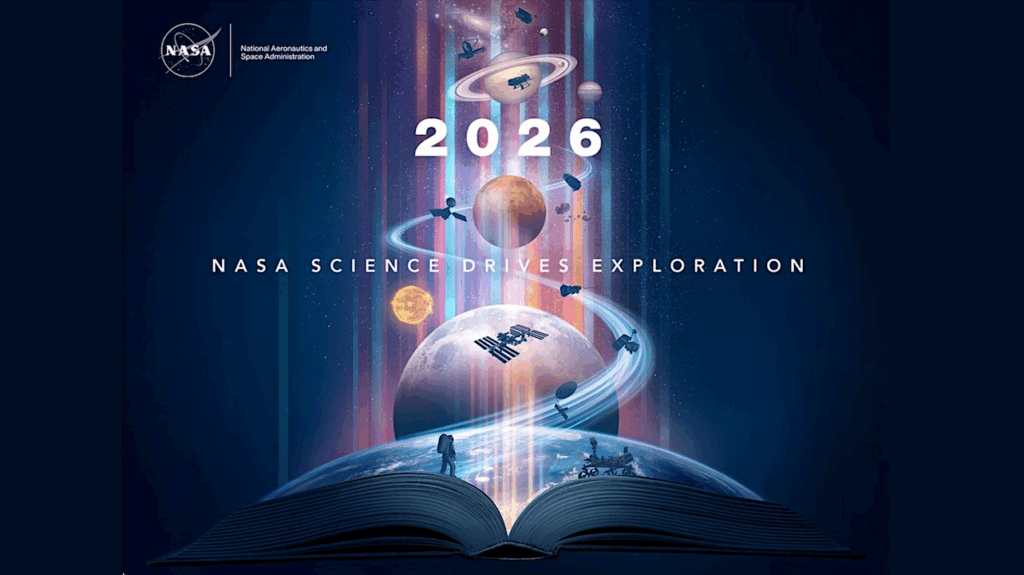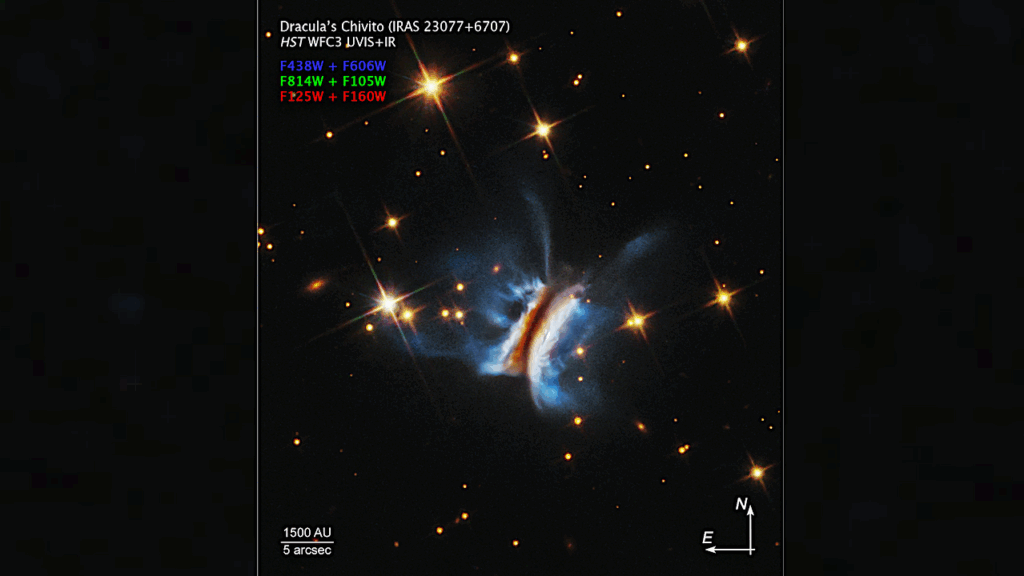Observations Of Scattered Light From Exoplanet Atmospheres
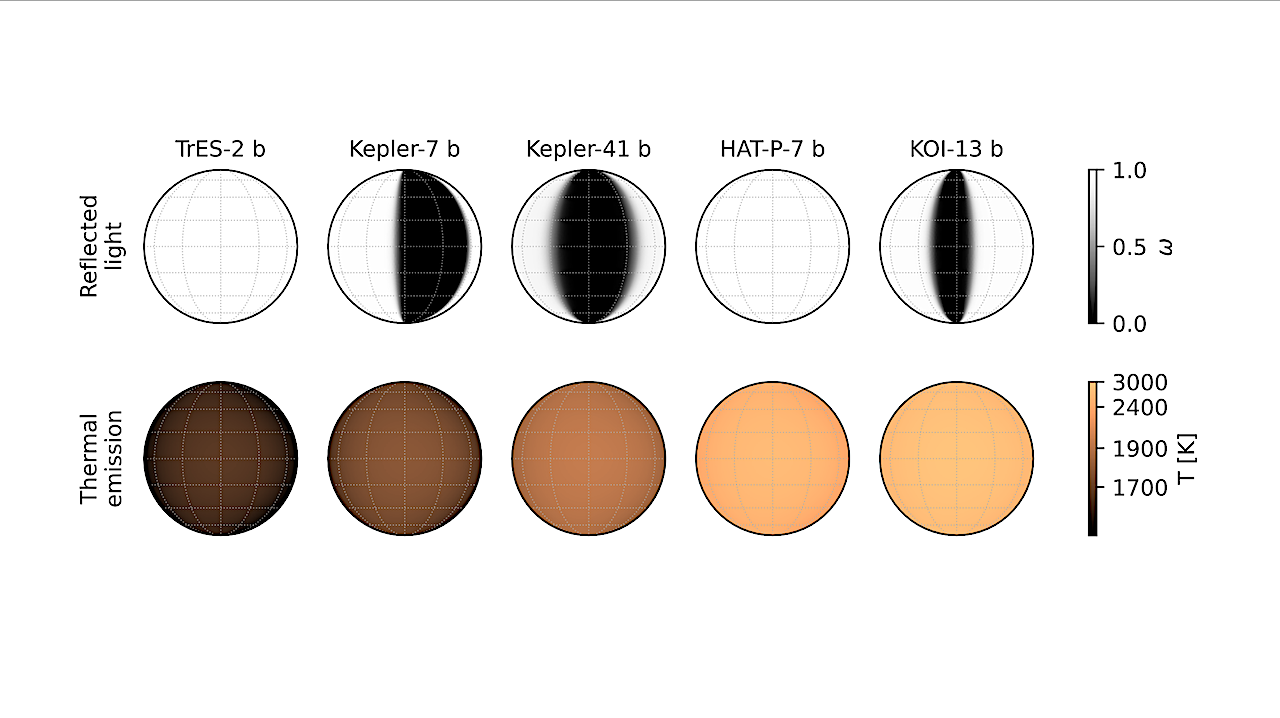
Optical phase curves of hot Jupiters can reveal global scattering properties. We implement a Bayesian inference framework for optical phase curves with flux contributions from: reflected light from a potentially inhomogeneous atmosphere, thermal emission, ellipsoidal variations, Doppler beaming, and stellar rotation via a Gaussian process in the time domain.
We probe for atmospheric homogeneity and time-variability using the reflected light inferences for highly precise Kepler light curves of five hot Jupiters. We also investigate the scattering properties which constrain the most likely condensates in the inhomogeneous atmospheres. Cross validation prefers inhomogeneous albedo distributions for Kepler-7 b and Kepler-41 b, and a weak preference for inhomogeneity for KOI-13 b.
None of the five planets exhibit significant variations in geometric albedo on one-year timescales, in agreement with theoretical expectations. We show that analytic reflected light phase curves with isotropic multiple scattering are in excellent agreement with full Rayleigh multiple scattering calculations, allowing for accelerated and analytic inference. In a case study of Kepler-41 b, we identify perovskite, forsterite, and enstatite as possible scattering species consistent with the reflected light phase curves, with condensate particle radii in the range 0.01-0.1 micron.
Brett M. Morris, Kevin Heng, Daniel Kitzmann
Comments: Accepted in A&A
Subjects: Earth and Planetary Astrophysics (astro-ph.EP)
Cite as: arXiv:2401.13635 [astro-ph.EP] (or arXiv:2401.13635v1 [astro-ph.EP] for this version)
Submission history
From: Brett Morris
[v1] Wed, 24 Jan 2024 18:03:26 UTC (3,872 KB)
https://arxiv.org/abs/2401.13635
Astrobiology,



